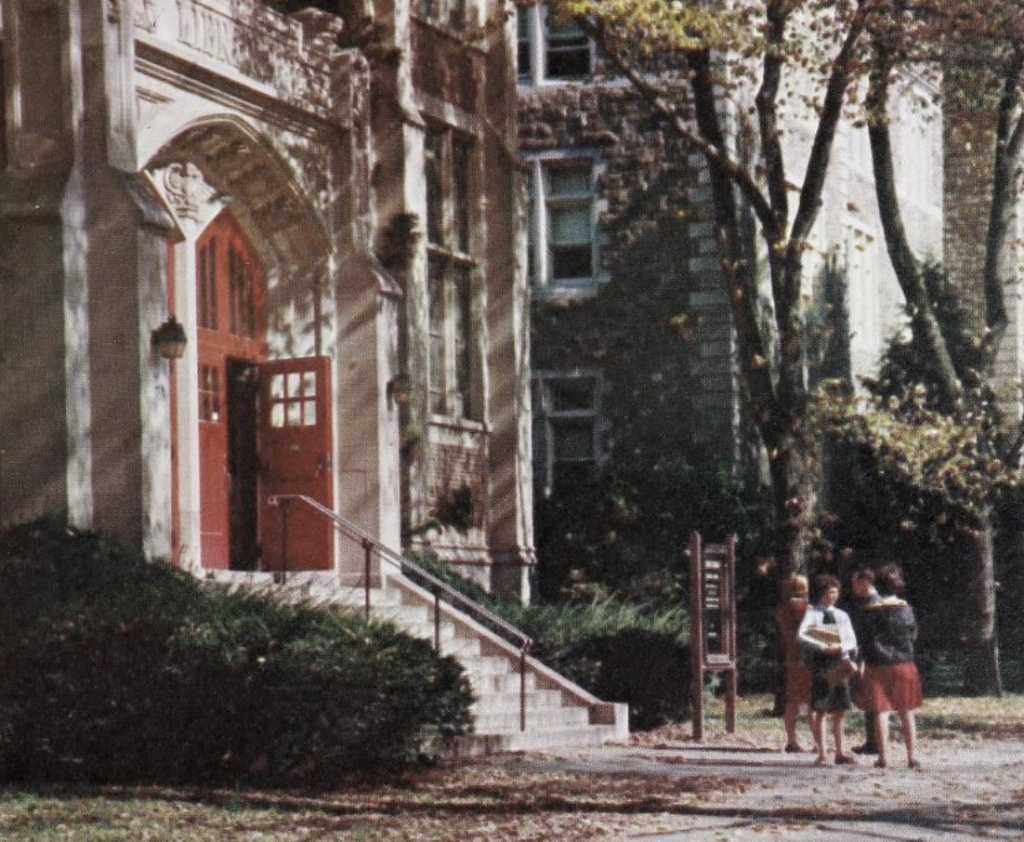Based on all of the work you’ve done on your venture, the current state of the economy, and the hope for reopening, reflect on how context has shaped your decisions. How different would things have been if it had been “normal”? Does your business stand to gain or lose anything from a return to normalcy?
Context has definitely shaped the decisions for our venture in a number of ways. To begin, if things had been “normal,” Lilly (my business partner) and I would have been able to meet frequently in person. Meeting online definitely allowed us a bit more flexibility, but that liberty was quickly negated by our heavily intense course schedules as seniors, as well as navigating the COVID-19 safety restrictions of the college. It was difficult to focus on creating and maintaining a business venture with so many different things in flux – from housing situations, managing close contacts, to even eating in/outside of the dining hall. It was hard to have stable footing at all this semester mentally, let alone to have the sanity to manage a new business. If things had been “normal,” I’m sure that Lilly and I would have been in much improved mental states without the external, incredibly stressful stimulus of COVID-19. Furthermore, we also would’ve had access to a lot more resources, both physically and monetarily. We were both affected financially by the pandemic, and as a result had overall less money to invest at the onset of the business. In “normal” circumstances, we would’ve had more finances to contribute for the foundation of the venture, and in turn would’ve worried less about losing resources in the “trial & error” process, (i.e, we lost a few bandanas we paid for in the sublimation process) as well as investors believing in/supporting the business. Given the pandemic’s effect on personal finances, it also seemed that people were less included to purchase a novelty item, such as a bandana for their dog. As a result, we had to put more effort into advertising and publicity to promote the product, both online and through word of mouth. In normal circumstances, people would’ve been more eager and financially capable of purchasing the product.
With these points highlighted, our business stands to gain much from a return to normalcy. As financial stability returns post-COVID, potential customers will be more likely to engage with the product. Additionally, as our personal finances improve with the uplift of the economy due to people returning to work, Lilly and I will be able to put more money into the business, as engage with more potential investors who will do the same, as well as hire more employees to help us. Lastly, with the mental health struggles of COVID-19 out of the picture, Lilly and I will be able to focus wholeheartedly on the growth of the venture, with less external anxieties and pressures (social, emotional, etc.)

